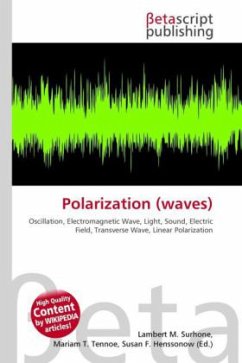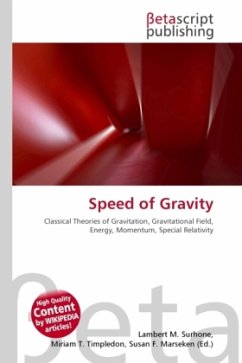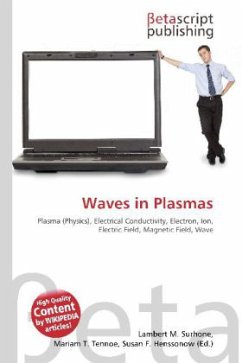Please note that the content of this book primarily consists of articles available from Wikipedia or other free sources online. Rossby-gravity waves are equatorially-trapped waves (much like Kelvin waves), meaning that they rapidly decay as their distance increases away from the equator (along as the Brunt-Vaisala frequency does not remain constant). These waves have the same trapping scale as Kelvin waves, more commonly known as the equatorial Rossby deformation radius. They always carry energy eastward, but, oddly, their ''crests'' and ''troughs'' may propagate westward if their periods are long enough. The eastward speed of propagation of these waves can be derived for an inviscid slowly moving layer of fluid of uniform depth H . Because the Coriolis parameter (f = 2 sin( ) where is the angular velocity of the earth, 7.2921 times 10-5 rad/s, and is latitude) vanishes at 0 degrees latitude (equator), the equatorial beta plane approximation must be made.








